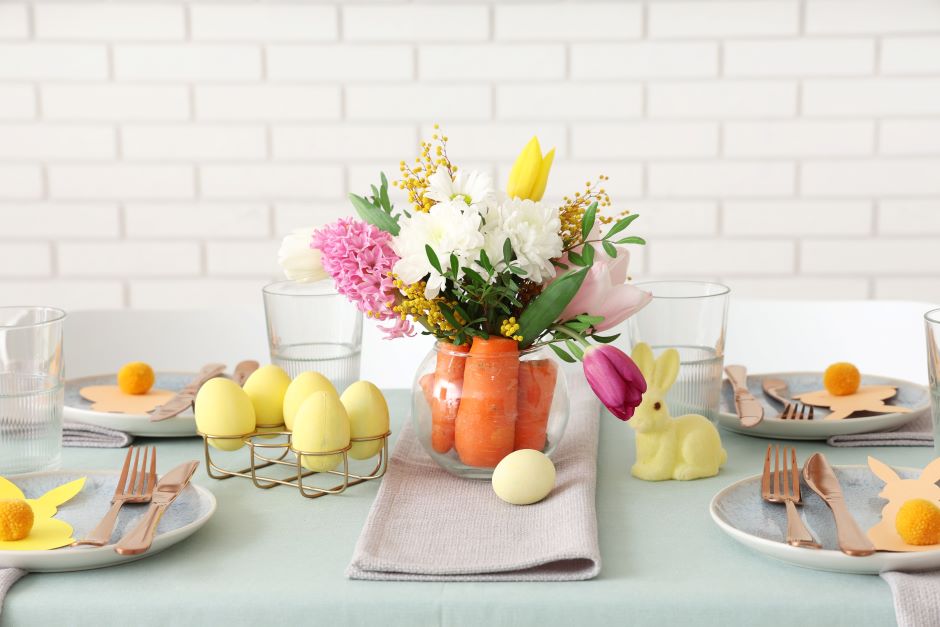Spring is here and it’s time to plant more flowers, herbs, vegetables, and greens! And to achieve the best results and have your plants grow easily and healthy, you have to take care of your soil and understand the different types to have a garden as beautiful as possible. Check out below why soil type matters, what the different types are, and how to fix your garden to achieve best results.

Why Soil Type Matters
The soil type is extremely important for your garden. A great soil is the secret to raising healthy plants that require less care. Depending on the soil type you have, it will determine what types of plants are right for your garden and it will also affect when and how you plant and water your garden. It’s important to identify what type you have so you know how to better take care of your plants.
Soil Type Definitions

Clay
Clay soil is smooth when it is dry but sticky when it gets wet. Although clay holds many nutrients, it doesn’t allow enough air and water passage. Too much clay in the soil can make it heavy and unsuitable for growing plants. This soil type is usually wet and cold during the winter and baked dry in summer.
Sandy
This soil type is light, dry, and warm. It doesn’t contain many nutrients but it is good for providing drainage. It is also often acidic.
Silt
Silt falls between sand and clay. Silt feels smooth and powdery when dry and isn’t sticky when wet.
Loamy
Loamy soil is a balance between the three above, avoiding the extremes of each type. This soil type is the best for growing plants. Loam breaks up easily, encourages organic activity, and retains moisture while allowing for drainage and aeration.
How To Identify

One of the ways to identify what your type of soil you have is by making a home test. Take a handful of soil and wet it. You want it moist but not saturated, then give it a firm squeeze.
- If it’s sticky and it stubbornly holds it’s shaped when poked, you have clay.
- If it feels gritty, doesn’t hold its shape and falls apart as soon as you open your hand, you have sandy soil.
- If it is smooth, holds its shape for a short amount of time but crumbles when you give it a light poke, you have loam.
How To Fix Your Soil

Before doing anything, check out what plants thrive in your native soil. Many plants prefer a specific type, such as clay or sandy, but if you want a varied garden where you can pretty much plant anything, you’ll want a soil that is rich in organic matter, drains well, and is full of nutrients.
Whatever type your soil is and what problems it may have, almost any soil can be improved. Adding well-composted organic matter will bring more nutrients, help with the soil pH and improve drainage, while also increasing fertility over time.
Homemade or store-bought compost: instantly improves your soil and help break down organic matter by introducing microorganisms.
Grass clippings, shredded leaves, and aged manure: even though it takes longer to break down, it will improve water retention, soil texture and fertility.
Soil amendment: changes the texture of soil, but doesn't always provide the necessary microorganisms.
When To Add Compost

You will work with compost when preparing soil or planting new flowers, greens and vegetables, and it’s good to work with it again each spring before planting. It’s also recommended to side-dress plants with additional compost if they are in growing stages.
With growing season ahead of us, what are you planning on planting? How are you taking care of your garden? Let us know in the comments below, we’d love to hear your opinion!






